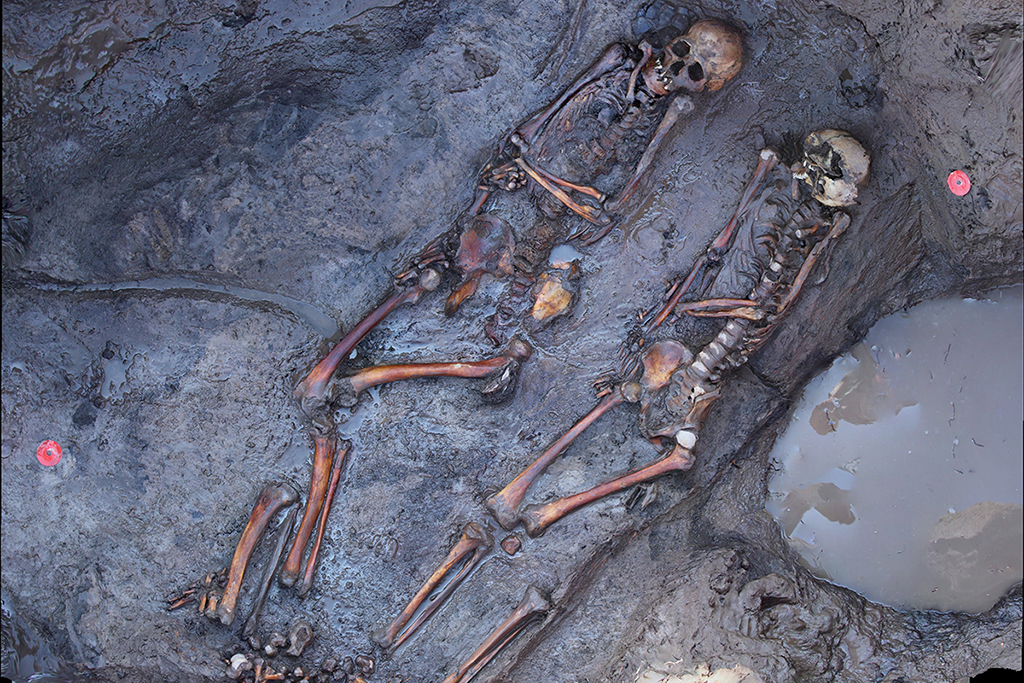The Institute of Forensic Medicine, Department of Anthropology
In addition to forensic casework, the Department of Anthropology of the Institute of Forensic Medicine of the University of Bern is involved in international and local archaeological excavations and research projects in which it makes its anthropological expertise available. The human remains analyzed cover a period from prehistoric times to the present day. The material to be examined may consist of fragments, individual bones, skeletons, and mummies, and may come from single or multiple burials, burial mounds, and rock tombs. The department performs anthropological and paleopathological analyses and samples remains to perform radiocarbon dating, stable isotope and paleogenetic analyses in the laboratory. The resulting data is the basis for interdisciplinary studies of nutrition, mobility, disease burden, population genetics, and relationships of past populations.
